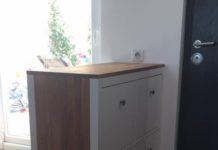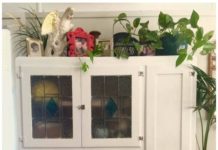Make a breathing mask with a Hepa filter yourself: is a DIY face mask effective against viruses?
Whether DIY mouthguards are really effective against viruses is a very controversial issue. Researchers and doctors basically agree: Self-sewn fabric masks offer little, if any, protection against pathogens. The multiple mouthguards cannot filter them. Recently, however, an idea has prevailed: Could a breathing mask with a Hepa filter help in the fight against coronavirus? We take a close look at the question and explain how you can make a respirator with filter for multiple use yourself.
Breathing mask with Hepa filter: can it really filter aerosols from the air?

Medical professionals wear two types of protective masks. The first is a disposable breathing mask called the N95. It can filter up to 95% of the aerosols from the air and therefore retains over 99% of the pathogens. However, this mask is only intended for doctors and hospital staff. It is only an effective protective measure if it is properly applied and completely covers the mouth and nose. This mask is worn during epidemics such as the swine flu epidemic a few years ago.
The second breathing mask is the so-called surgical mask. It is worn by surgeons during surgery to prevent smear and droplet infections and to protect the patient from viruses and bacteria. If put on correctly, this mouthguard can also hold back the majority of pathogens.
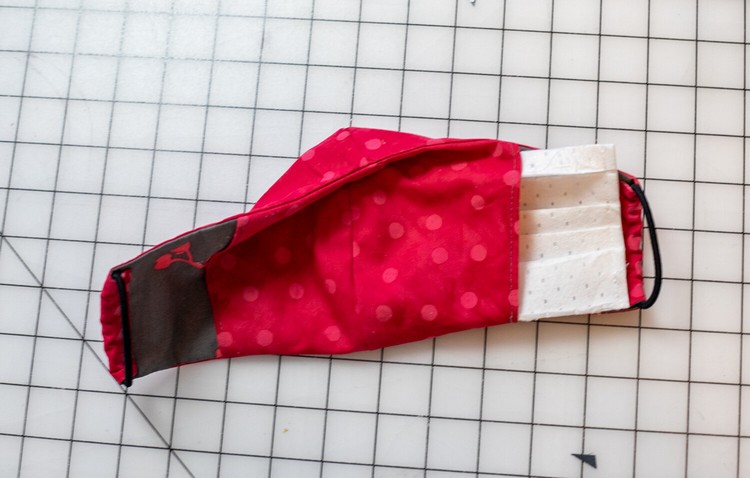
The two types of mouthguards are intended for medical professionals only. It is therefore important that the population does not buy out the respirators. As long as nothing else is recommended by the local authorities, everyone can make their own mouthguard. You can sew a fabric mask yourself from household items such as an old T-shirt or bed linen. In comparison, however, it offers only limited, if any, protection. That's why most people are looking for a filter for their respirators. Kitchen paper and dry wet wipes are recommended as filters. However, there are no studies available that can really confirm their protective effect.

Therefore, the question arises whether a Hepa filter could effectively protect against viruses and bacteria. But what is a Hepa filter? It is a particle filter that can effectively filter even small particles from the air. A Hepa filter was therefore developed to filter poles, dust and mites and to keep them in the vacuum cleaner. At the same time, the filters let the air through. This means that they are practically permeable to air and that theoretically people can also breathe. The Hepa filters have been divided into several classes according to EU standard 1822-1: 1998, depending on how well they can filter the air. In the meantime, the EU standard was changed in 2009. All filters that filter the air to 99.98% are called Hepa. All filters that filter the air up to 99.97% of the air are called EPA. If you order such filters from the USA, you should make sure that they comply with Mil Std. 292.
Breathing mask with Hepa filter: What types of Hepa filters are sold?
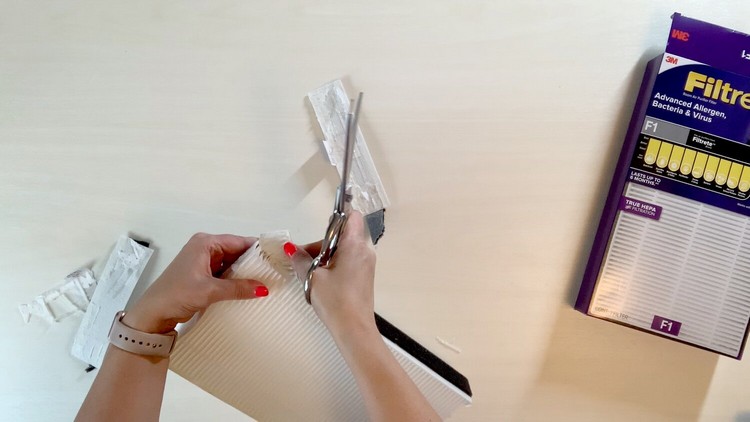
There are several classes of filters that meet the EU standard 1822, the DIN standard 24183 and the USA standard Mil. Correspond to hour 292. We give you an overview:
- EU 10 or H 10 are filters that are able to filter up to 85% of fine dust. These filters are not sold in the United States.
- EU 11 and H 11 are filters that filter over 95% of fine particles from the air. In the United States, they are only called 95%.
- EU 12 or H 12 filters also meet the standard, which can filter up to 99.97% of fine particles from the air.
- EU13 / H 13 and EU 14 / H 14 are hepa filters that can filter out over 99.99 of fine particles, mites and dirt from the air. These filters are usually recommended for allergy sufferers.
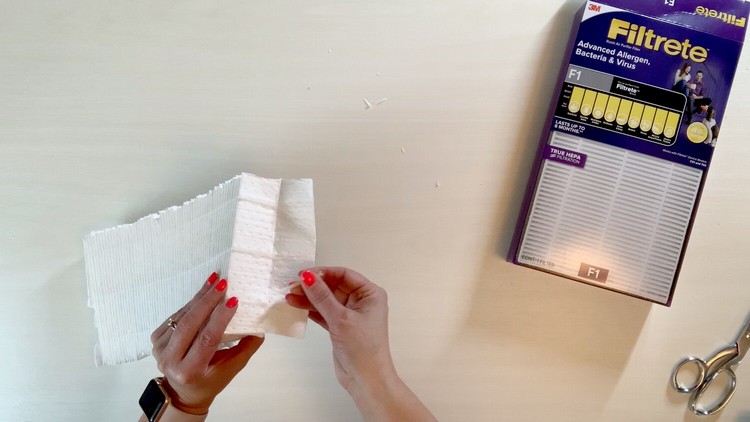
Theoretically, Hepa filters could remove the smallest corona particles from the air, although there are currently no studies to prove it. So it remains unclear whether such a mask really cleans the air effectively. But at least it filters the air better than a fabric mask.
It also remains unclear whether breathing through the Hepa filter is harmless to health. In any case, since these filters are built into vacuum cleaners and are even recommended for allergy sufferers, one could assume that they will improve the air quality and that they cannot harm health.
Anyone who wants to make a face mask with a Hepa filter should still always seek advice from the local health authorities or their family doctor.
Children and babies should never wear self-made mouth guards! Babies are generally not allowed to wear a face mask anyway, as there is a risk of suffocation.
Make breathing mask with Hepa filter yourself: Instructions

It is child's play to make a breathing mask with a Hepa filter yourself. Buy an EU 13 or EU 14 filter, cut out its ends and remove the fabric from the filter. There are three traces of hot glue that hold the individual HEPA fabric sheets together. Remove them carefully, being careful not to tear or damage the fabric. Cut out a rectangle measuring 15 cm X 20 cm. Now place four evenly distributed folds in the same direction with a depth of 1 cm and stitch them. The filter is ready and you can insert it into a fabric mask.
You can fix the folds with clothespins
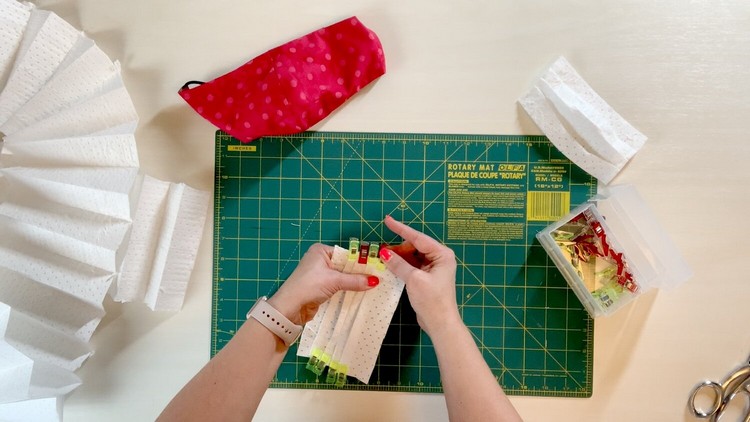
And then quilt the finished filter
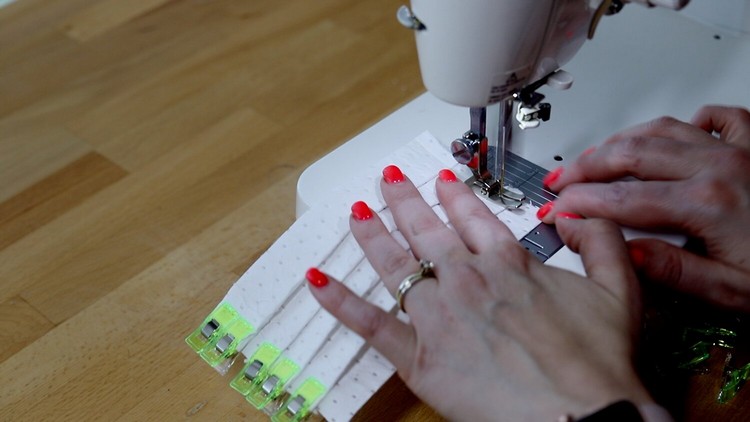
Make the post breathing mask with Hepa filter yourself: is a DIY mouthguard against viruses effective? appeared first on Deavita.com | Living ideas, design, hairstyles, make-up, lifestyle, health and beauty tips.


